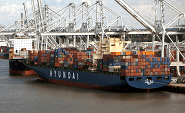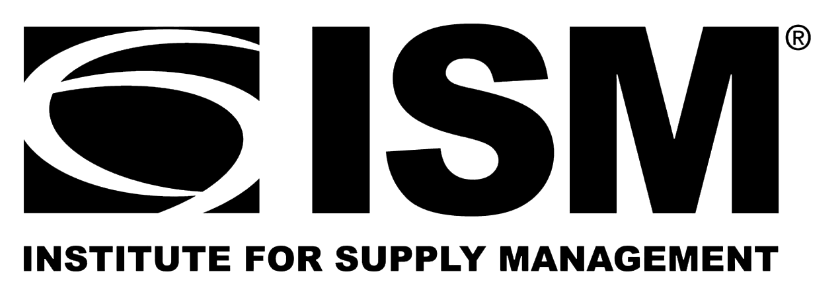Economy

March Manufacturing Sees Gains as Supply Disruptions Ease: PMI
Written by David Schollaert
April 1, 2022
US manufacturing activity saw a sharp improvement in March driven by big increases in output and new orders. Both domestic and foreign client demand ticked higher, according to the latest US Manufacturing PMI data from S&P Global.
The overall upturn was aided by a sharper expansion in production at the end of the first quarter. Indeed, production grew at its fastest pace since last August, the report said.
Improved availability of raw materials and inputs also helped as supply chain disruptions eased slightly. Higher output was supported by stronger downstream demand and a rise in new orders. March data in addition indicated a marked increase in new sales at goods producers, which saw the sharpest month-over-month rise over the past six months.
Some firms linked the rise in new orders to stockpiling amid steep increases in selling prices. Larger order volumes were also noted.
“US manufacturing growth accelerated in March as strong demand and improving prospects countered the headwinds of soaring cost pressures and the Russia-Ukraine war,“ S&P Global chief business economist Chris Williamson said. “Order book growth has picked up as customers look to the further reopening of the domestic and global economies amid signs that the disruptions from the pandemic continue to fade.”
The seasonally adjusted S&P Global PMI posted a reading of 58.8 in March, up from 57.3 the month prior, and slightly above the previously released “flash” estimate of 58.5. (Recall that a reading above 50.0 indicates growth). All told, the PMI Index rise saw its steepest gains since last September, the report said.
“While companies continued to report widespread production constraints due to supply chain bottlenecks, the incidence of such delays is now lower than at any time since January 2021,” Williamson said. “It was especially encouraging to see business optimism about the year ahead improve further in March, despite the new uncertainties, sanctions and geopolitical risks caused by the Ukraine invasion, with optimism among producers now the brightest since late 2020.”
By David Schollaert, David@SteelMarketUpdate.com

David Schollaert
Read more from David SchollaertLatest in Economy

New York state manufacturing index drops again in April
Firms were pessimistic, with the future general business conditions index falling to its second lowest reading in the more than 20-year history of the survey

Construction adds 13,000 jobs in March
The construction sector added 13,000 jobs, seasonally adjusted, in March, but tariffs could undermine the industry.

Supply chains, end-users brace for impact from tariffs
Supply chains are working through what the tariffs mean for them

ISM: Manufacturing expansion loses steam after two months of growth
US manufacturing activity slowed in March after two straight months of expansion, according to supply executives contributing to the Institute for Supply Management (ISM)’s latest report.

Chicago Business Barometer rose to 16-month high in March
The Chicago Business Barometer increased for the third-consecutive month in March. Despite this, it still reflects contracting business conditions, as it has since December 2023.
